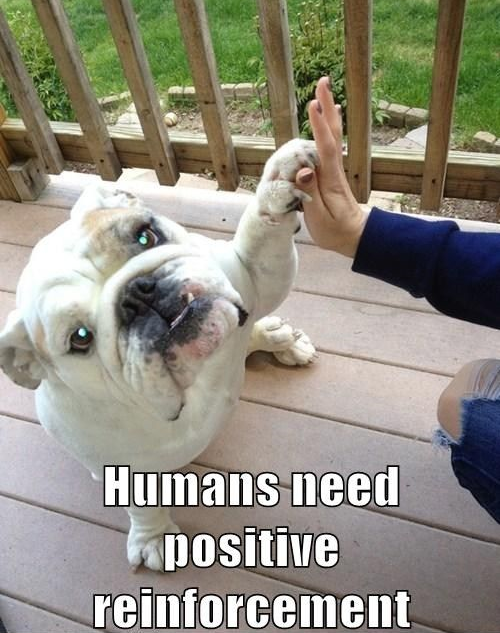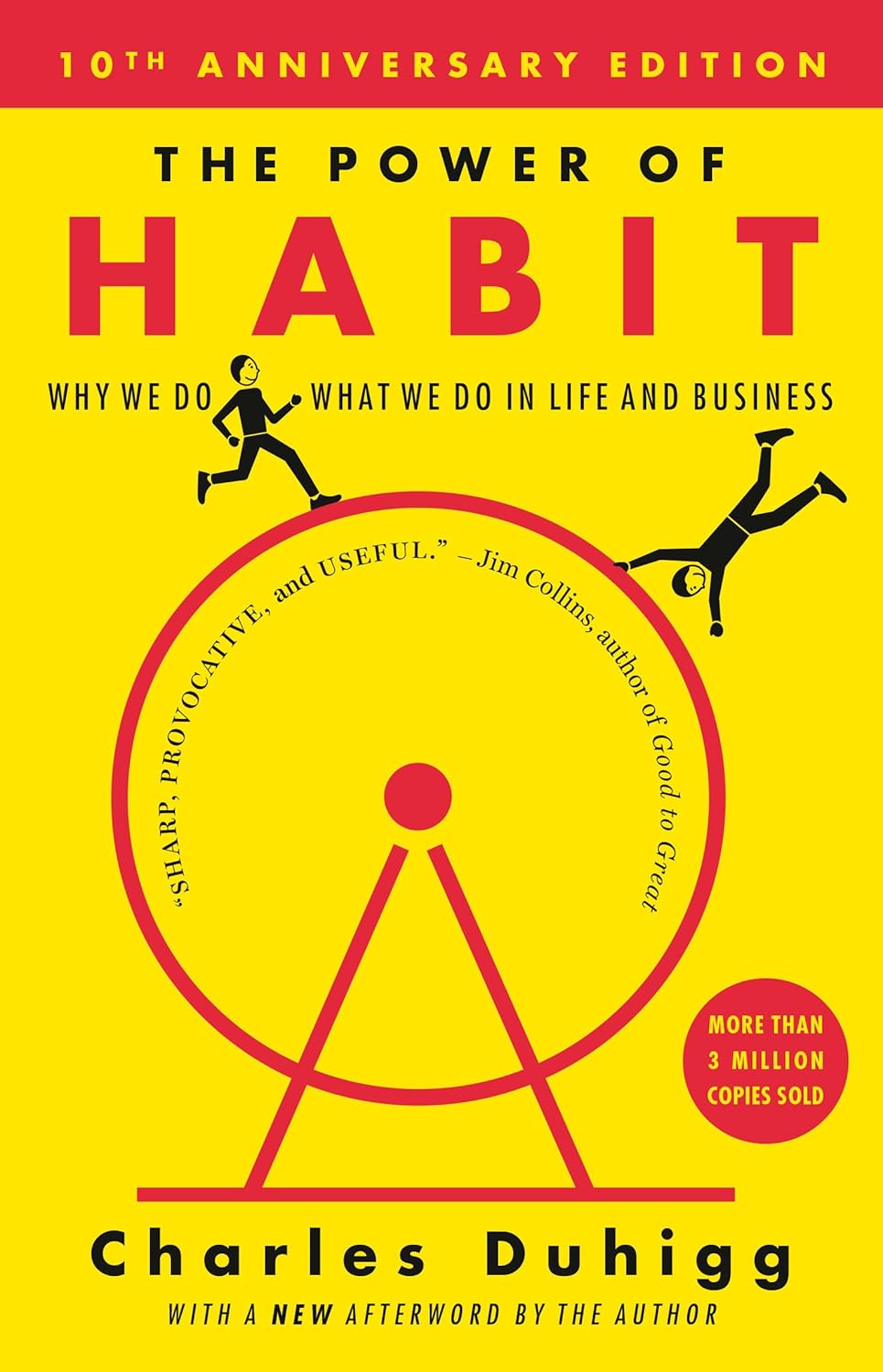Today’s obsession with productivity and hustle culture is quietly harming our mental health. It promotes burnout by undervaluing rest. In this article, we’ll explore how regular breaks can actually boost your energy and productivity during long, demanding workdays.
Stay motivated with positive reinforcement
Even the most driven, goal-oriented professionals need a few kind words now and then. At the end of the day, we’re all human, and recognizing that “human side” is essential to keeping motivation alive.
In this article, we’ll explore how positive reinforcement can help your team stay motivated, engaged, and genuinely satisfied with their work while continuing to deliver results.
Key takeaways
Positive reinforcement boosts team motivation and fosters a sense of involvement
Regular recognition in day-to-day work strengthens collaboration and team spirit
Consistent reinforcement helps achieve long-term project goals sustainably
Motivation through support
Positive reinforcement is all about recognizing what your team is doing right and making sure they know it. Did they hit every target this month? Take a big step toward making your product the best in the market? Then tell them! Letting people know their efforts matter can go a long way.
In IT teams — especially startups — success is rarely the result of one person’s work. It’s a collective achievement. Acknowledging that fact consistently leads to a range of positive outcomes:
- Stronger engagement – Everyone feels seen and valued when their contributions are acknowledged.
- Greater responsibility – People are more likely to take initiative when they know their effort won’t go unnoticed.
- Clearer expectations – Positive reinforcement highlights which behaviors and styles of collaboration are most effective.
- More trust – Recognition reduces tension and builds a shared sense of purpose.
- Sustained motivation – Ongoing encouragement helps teams stay energized, even during long projects.
Sure, positive reinforcement can be as simple as saying something kind — but it’s also one of the strongest building blocks of a healthy team dynamic. When practiced intentionally and regularly, it keeps morale high and motivation steady. Gratitude isn’t just polite — it’s powerful.
Positive reinforcement
There’s a huge difference between real positive reinforcement and the occasional, half-hearted “hey look, I’m being grateful” moment. That second kind might seem well-intentioned, but it often comes off as shallow—even disingenuous. True positive reinforcement, on the other hand, builds trust and improves your team’s dynamic over time.

The first thing to understand is that reinforcement should be consistent and routine. It’s not about grand gestures — it’s about weaving appreciation into everyday communication. If it’s not part of your regular team rhythm, people will notice. And not in a good way.
Here are some practical, low-effort ways to make it stick:
- Public recognition during meetings – Call out contributions, big or small, during stand-ups or team check-ins. Keep it specific and connected to the bigger picture.
- Team milestone celebrations – Wrap up sprints, releases, or tough deadlines with a quick shared moment — it could be as simple as a team message, a GIF party, or a 15-minute “virtual toast.”
- Symbolic rewards – Use badges, shoutouts, or small perks to recognize team achievements. No need for big budgets — the key is meaning, not material.
- Built-in positive feedback – Add a sentence or two of positive reinforcement in retros, stand-ups, or summary emails. It takes seconds and goes a long way.
- Peer-to-peer kudos – Encourage teammates to recognize each other. Use dedicated Slack channels, message threads, or even a shared “kudos” board.
Also, don’t make it all about hitting KPIs. Sure, seeing those numbers climb feels great, but what about the moments that led to those wins? The kind gestures, clear communication, and problem-solving collaborations — these are just as important and worth celebrating, too.
Stick with it, and you’ll see a shift: support and healthy communication become the norm. That not only improves morale and team mental health but also helps you stay aligned and productive over the long run.
Reaching goals without toxicity
Adding a bit of gratitude to your working environment is a lot by itself, but just to make sure it sticks, positive reinforcement should work in symbiosis with the specific goals leadership has in mind.
When projects take months to become a reality, motivation levels inevitably dip: the decline gets pushed off, additional complexity appears here and there, and progress seems practically invisible. Highlighting small victories made along the way is incredibly important in such conditions.
Here are some efficient ways to ensure your team stays aligned toward success and feels good about climbing that high:
- Breaking down goals into stages with progress recognition — The team receives positive reinforcement after completing key phases of the project.
- Emphasizing team effort over results at any cost — Recognition is given not just for hitting KPIs, but for maintaining quality collaboration throughout the process.
- Reinforcing success through rituals — For example, every project closing includes a short meeting where the team is thanked and reflects on what worked best.
- Public visualization of achievements — Progress boards and dashboards with marked milestones and team contributions strengthen the sense of collective momentum.
In an environment where everyone knows that their efforts, big or small, are appreciated, motivation remains high, and results are delivered much faster.
Besides, it’s just a very human thing to do. The world we’re living in today is… challenging. Making someone feel better about themselves and their work might seem like a small thing, but it can mean a whole lot to those affected by whatever catastrophe is taking place outside their window.
Interesting fact 
At Atlassian, the company behind Jira and Trello, the team celebrates each other's successes every Friday during company-wide meetings — a tradition called Friday Kudos. Employees nominate one another for their contributions, and the recognition is shared publicly. This simple ritual has significantly boosted the sense of belonging and helped reduce staff turnover.
Related articles:
For a deeper understanding of productivity, check out this article Remote Accountability: How to Maintain Team Productivity and Responsibility.
To better understand the concept of “resource state”, read the article Energy Management: How to Optimize Your Performance and Well-being.
To help newcomers feel like part of the team and quickly reach a productive level, study Remote Onboarding Tips: Setting New Employees Up for Success.
Conclusion
Team-based positive reinforcement is a leadership tool that strengthens culture, boosts motivation, and supports sustainable goal achievement. Regular use improves productivity and collaboration, especially in remote work environments where recognition is key. Don’t see it as just another productivity tool. Leaders should express gratitude for efforts toward common goals. It’s healthy, compassionate, and human. We’ve been conditioned to value “ruthless” leadership — and look where it’s led us.
Recommended reading 

"The Power of Habit: Why We Do What We Do in Life and Business"
The author explains how habits form, how they can be changed, and the role positive reinforcement plays in the process.
On Amazon
"Mindset: The New Psychology of Success"
Introduces the concepts of fixed and growth mindsets, showing how positive reinforcement fosters development and motivation.
On Amazon
"Grit: The Power of Passion and Perseverance"
A study on how persistence and passion drive success, highlighting the important role of positive reinforcement.
On Amazon






